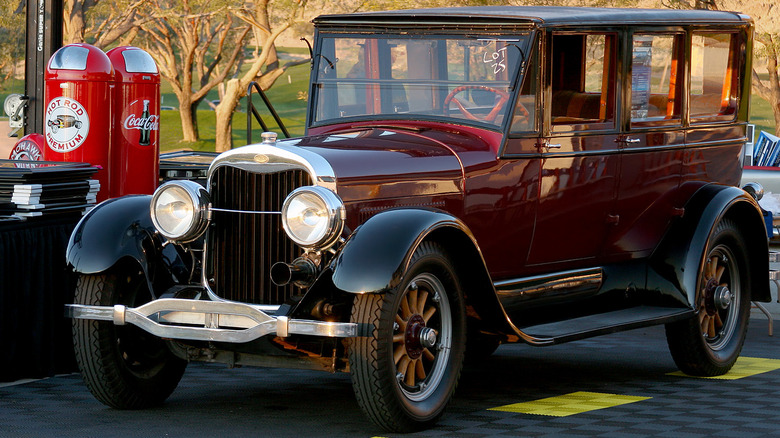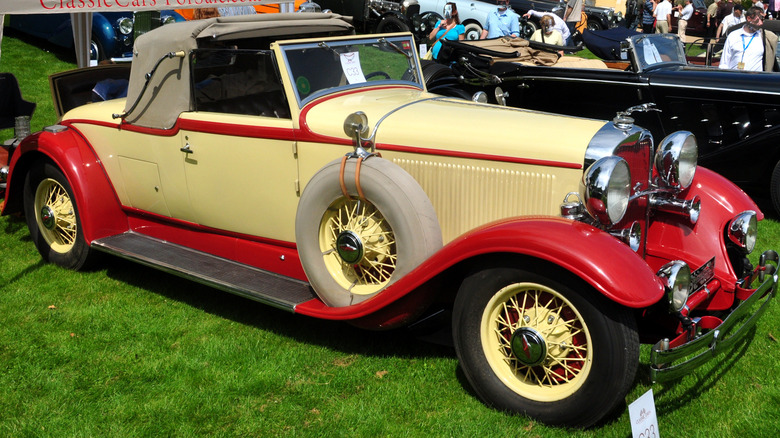
Henry Leland's name isn't as well-known as those of fellow early auto-industry visionaries Henry Ford and the Dodge Brothers, but Leland brought a certain style and panache that launched not just one, but two luxury automakers still in business to this day. Born in Vermont, Leland arrived in Detroit in 1890 with a background as a machinist in the firearms trade. A decade later, his firm started building transmissions, and later engines, for Ransom Olds' eponymous fledging auto enterprise. Despite
his company's prior focus primarily on bicycle parts, the automotive components were of exceedingly high quality and could even be interchanged between vehicles — a new idea.
Next came the events that would define Leland's career. He was hired to assist in the liquidation of The Henry Ford Company, Ford's troubled early attempt at building cars, though obviously not his last. Instead, Leland suggested keeping the company going using an engine originally developed for Oldsmobile, whose 2004 death we're still not over. Of course, a name change for the business was in order and Cadillac — later to have a distinctive duck-laden logo — was born, named after the explorer who founded Detroit.
Cadillac was sold to General Motors in 1909, but Leland remained there until 1917, when he resigned because of GM's refusal to produces war materials to help America fight World War I. Soon after, with the help of his son, Wilfred, Henry Leland formed a new company to build aircraft engines for the war: the Lincoln Motor Company.
Read more: Nobody Does Land Yachts Like Cadillac, And These Are Five Of The Best Ones
Leland Was A Huge Fan Of Abraham Lincoln

While Cadillac was named after a French explorer, Lincoln's origin was decidedly more American. Leland was a lifelong fan of Abraham Lincoln and voted for him in the presidential election of 1864. After World War I ended, the Lincoln Motor Company stopped building aircraft engines and revisited Leland's old forte of building luxury cars. But after just a few years, Lincoln foundered as an automotive brand and was, ironically, purchased by Henry Ford, who had finally found success.
One reason Lincoln failed in the hands of Leland and son was that, despite the machine's impressive chassis, its styling was dated and, some would even say, ugly. This, combined with a depressed postwar economy unfriendly for selling high-end cars, meant that in 1920, Lincoln only sold about 700 automobiles versus a predicted volume of 6,000. The final nail in Lincoln's coffin as an independent carmaker occurred in 1921, when the IRS pursued the company for back taxes owed.
As with Cadillac's sale to GM, the Lelands remained employed at Lincoln following the sale to Ford. However, Henry Ford not only acted strangely — like eating weeds, for example — but he was also notoriously difficult to get along with. After multiple disagreements, both Lelands were forced to resign in 1922. Leland's contributions and impressions on the early auto industry earned him the nickname "Grand Old Man of Detroit." Unfortunately, his ability to play politics in business was perhaps not as honed as his engineering chops.
Want more like this? Join the Jalopnik newsletter to get the latest auto news sent straight to your inbox...
Read the original article on Jalopnik.













